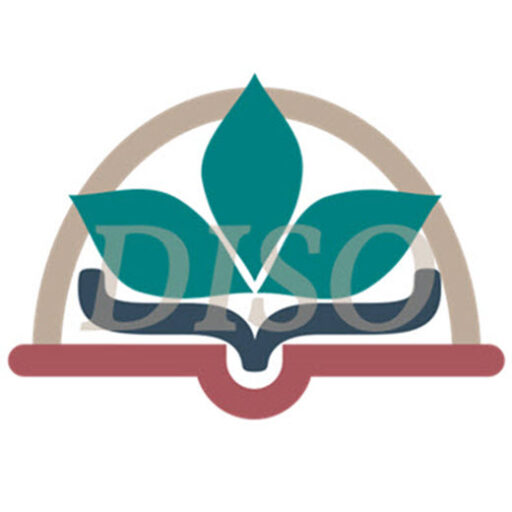NEW TO THIS STUDY? START HERE.
Hi, again! Here’s my work from this week:
Last Week’s Work
REPETITION
This time, the Spirit called my attention to repetition of redeem/redeemer again, and the author’s mention of Naomi.
Interestingly, He also showed me how little Ruth is mentioned in Chapter 4, only appearing three times: as the inheritance spoiler (vv5-6), in Boaz’s statement of intent (v10), and as Boaz’s wife, the mother of a son (v13). The witnesses and women have more lines than she does! Moreover, the major activity happens to her and is out of her control: Boaz acquires her; the Lord gives her conception; and when she has the baby, Naomi takes him!
Then, the Spirit reminded me of what I’d seen about Ruth in the earlier chapters, too. From 1:16-17 on, she surrendered her life to Naomi and Naomi’s God, fully obeying Naomi’s directions, even when it meant slaving in the barley and wheat fields so they wouldn’t starve. What a difficult example of godly submission that is for me!
SPECIAL STATEMENTS
I noticed these special statements:
- Two Blessings:
Elders/people to Boaz: May the Lord make the woman… like Rachel and Leah… May you act worthily in Ephrathah and be renowned in Bethlehem (v11), may your house be like the house of Perez (v12).
The women to Naomi: Blessed be the Lord, may his name be renowned in Israel. He [Obed] shall be to you a restorer of life and a nourisher of your old age (vv14-15). - Three Commands:
Boaz to nearer redeemer: turn aside, … sit down (v1) … buy [the property], redeem it if you will… or tell me (v4)
Boaz to elders: sit down here (v2).
Nearer redeemer to Boaz: take my right of redemption yourself (v6). - Promises:
Boaz to elders/people: I have bought from the hand of Naomi all that belonged to Elimelech and … Chilion … and Mahlon … Also Ruth … to be my wife, to perpetuate the name of the dead in his inheritance (vv9-10).
As I recorded this it occurred to me: Boaz gave Naomi value for the property that Obed would inherit. But effectively, the property he bought was his only until Obed was legally able to own it, at which time it would revert to Obed as Mahlon’s heir. No wonder the other redeemer changed his mind about buying the field. Once again, Boaz is acting against his own self interest (as I noted in my Chapter 3 study)!
LISTS
The only list the Spirit brought to my attention was the genealogy from Perez to King David in vv18-21. I had two questions about it: why start with Perez; maybe because the people named him in the blessing on Obed’s house in v12? and why trace the line through Boaz when Obed was supposed to be Mahlon’s son, not his?
As I thought about this, I remembered Perez’s story. He was the son of Judah and his daughter-in-law, Tamar (v12). Like Ruth, Tamar’s husband died childless, and her brother-in-law did, too. There was another, younger brother, but Judah wouldn’t marry him to Tamar because Judah was afraid that son would also die. Later, Tamar posed as a prostitute and tricked Judah into impregnating her with twins. Perez was the firstborn of them (Genesis 38:6-29).
Dig-In Challenges
Next week, we’ll wrap up Step 3 by:
- PRAYING: As always, start with the prayer we wrote for Step 1.
- MINING: Read through the passage again looking for comparisons in or related to your focus verses. Look for similarities using like or as, quantitative/qualitative comparisons using more or less, and/or contrasts.
- MINING: Next, look for causes or motives by focusing on key words or phrases I call cause connectors.
- In this chapter, look for the connectors for, because, in order to, lest, so, that, and to.
- Then check the text surrounding the connector for an action and the reason for that action.
For example: I went to the store because I was out of milk:
the action = I went to the store because the reason = I was out of milk.
NOTE A: for, so, that, and to don’t always connect an action and a reason. To determine if they do here, substitute a different connector (because instead of for, therefore instead of so, so that instead of that, and in order to instead of to). If the new sentence makes sense and means the same as the original, make a note of the action and its cause.
NOTE B: Most often the action will occur before the cause connector and the reason will follow it (like the example above). However, with so, the reason appears before, and the action comes after the connector. Here’s an example using the same reason and action as above, just changing the connector:
I was out of milk, so I went to the store.
the reason = I was out of milk so the action = I went to the store
If you have questions about this or any other part of the study, please reach out to me at [email protected]!
- MINING: Finally, look for conditions or methods the author describes. For example, does the text say if or when a certain condition is met, some outcome will happen (e.g., whatever you ask in prayer, you will receive, if you have faith (Matt 21:22)? Or does the author describe a particular method by which something happens—for example, specific steps taken to achieve something, or more generally by or through attributes or actions (e.g., saved by grace, through faith (Eph 2:8)? Does he use any adverbs (-ly words) that describe how action was accomplished?
These exercises are more involved, but I know you can do it—rely on the Spirit, give it a try and check back with me next week!

